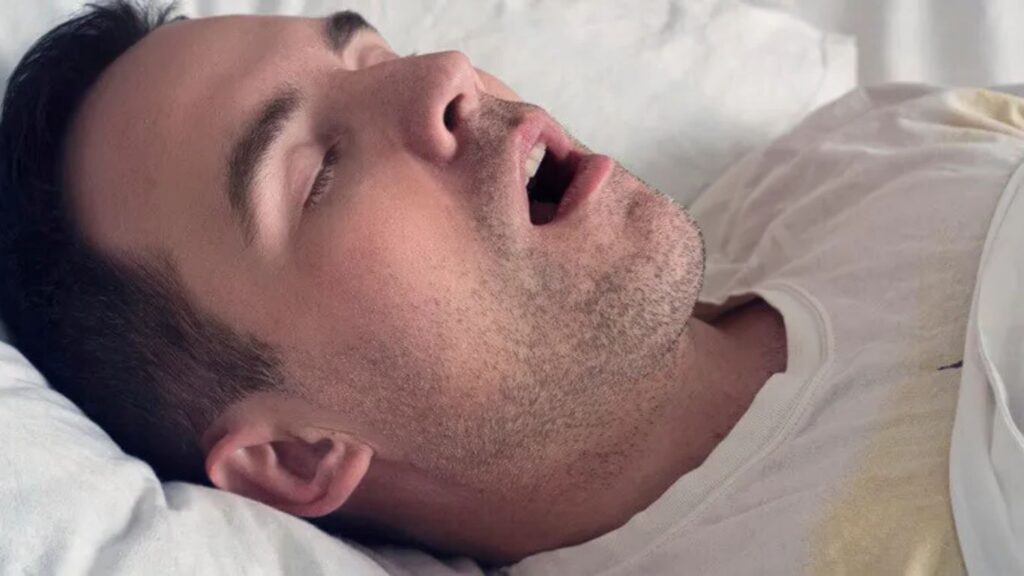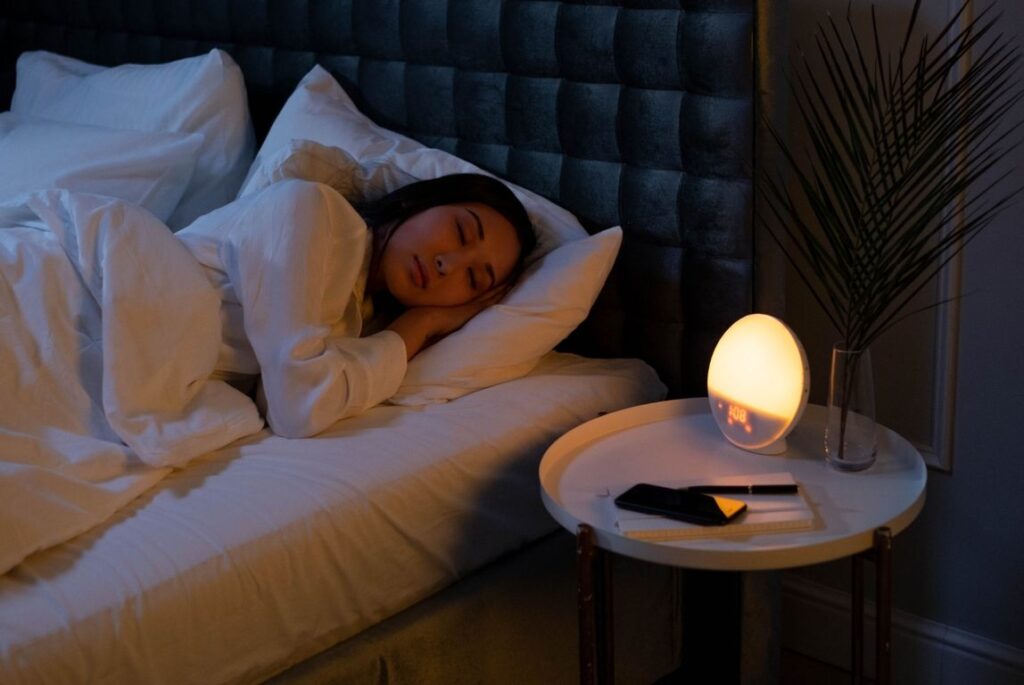Low oxygen levels during sleep, referred to as nocturnal hypoxemia, can profoundly affect your health. This condition arises when blood oxygen saturation falls below the normal threshold, typically less than 92%, during sleep. If left unaddressed, it can lead to a range of health problems, particularly those affecting the cardiovascular and respiratory systems. Nocturnal hypoxemia can contribute to conditions such as high blood pressure, heart arrhythmias, and an increased risk of stroke, as well as exacerbate existing respiratory disorders. Recognizing the importance of managing low oxygen levels during sleep is vital for safeguarding your overall health and well-being. By understanding the causes and treatment options, such as CPAP therapy or lifestyle changes, individuals can significantly reduce the associated risks and improve their quality of sleep and life.
Low Oxygen Levels During Sleep: How It Affects Your Health and What to Do About It
What Causes Low Oxygen Levels During Sleep?
There are several potential causes of low oxygen levels during sleep, with obstructive sleep apnea (OSA) being the most common. OSA occurs when the muscles at the back of your throat relax excessively, causing a partial or complete blockage of the airway. This obstruction reduces the amount of oxygen entering the lungs, leading to intermittent drops in blood oxygen levels. Other causes include chronic obstructive pulmonary disease (COPD), obesity, and certain medications that depress respiratory function, such as opioids or benzodiazepines.
Additionally, sleep-related hypoventilation, which involves shallow and slow breathing during sleep, can also contribute to low oxygen levels. This condition is often seen in individuals with neuromuscular disorders, lung diseases, or those who are severely overweight.
Health Impacts of Low Oxygen Levels During Sleep
When oxygen levels drop during sleep, it can have both immediate and long-term effects on your health. One of the most immediate impacts is poor sleep quality, as the body frequently wakes up to restore normal breathing. This fragmented sleep can lead to daytime fatigue, irritability, and cognitive difficulties such as memory problems.

More concerning, however, are the long-term effects of chronic nocturnal hypoxemia. Prolonged periods of low oxygen during sleep can strain the cardiovascular system, leading to conditions such as high blood pressure, heart arrhythmias, and an increased risk of stroke. Studies have shown that low oxygen levels during sleep are closely linked to the development and worsening of heart disease. Additionally, it can contribute to metabolic disorders, such as insulin resistance and type 2 diabetes.
In severe cases, low oxygen levels can result in conditions like pulmonary hypertension, where the blood pressure in the lungs’ arteries is elevated. This condition can further exacerbate heart problems and increase the risk of heart failure.
Symptoms and Detection
Recognizing the symptoms of low oxygen levels during sleep is crucial for early intervention. Common symptoms include frequent awakenings during the night, excessive daytime sleepiness, morning headaches, and a bluish tint to the lips or fingers (cyanosis). If you experience these symptoms, it’s essential to consult a healthcare provider.
One of the most effective ways to detect nocturnal hypoxemia is through a sleep study, also known as polysomnography. This study monitors various physiological parameters, including blood oxygen levels, to diagnose sleep disorders like sleep apnea. Alternatively, at-home pulse oximeters can provide a preliminary assessment, but their accuracy may vary, and they should not replace professional evaluation.
Managing and Treating Low Oxygen Levels During Sleep
Treatment for low oxygen levels during sleep depends on the underlying cause. For those with obstructive sleep apnea, continuous positive airway pressure (CPAP) therapy is often recommended. CPAP devices deliver a steady stream of air through a mask, keeping the airway open and preventing oxygen levels from dropping.
In cases where CPAP is not effective or suitable, other treatments may include positional therapy (avoiding sleeping on the back), weight loss, and surgical interventions to remove obstructions in the airway. For individuals with COPD or other lung conditions, supplemental oxygen therapy may be prescribed to ensure adequate oxygen levels during sleep.
Lifestyle changes can also play a significant role in managing nocturnal hypoxemia. Quitting smoking, reducing alcohol consumption, and maintaining a healthy weight are all beneficial strategies. Additionally, improving sleep hygiene—such as establishing a regular sleep schedule and creating a comfortable sleep environment—can help reduce the frequency and severity of oxygen level drops.

Conclusion
Low oxygen levels during sleep can have serious health consequences if left untreated. Understanding the causes, recognizing the symptoms, and seeking appropriate treatment are essential steps in managing this condition. By taking proactive measures, such as undergoing a sleep study, using prescribed treatments like CPAP, and making lifestyle changes, you can protect your health and improve your sleep quality. If you suspect you have low oxygen levels during sleep, consult with a healthcare provider to determine the best course of action for your specific needs.
By addressing nocturnal hypoxemia, you can reduce the risk of associated health complications and ensure that you get the restorative sleep your body needs to function optimally.
Also read: The Role of Workouts in Managing Chronic Diseases
